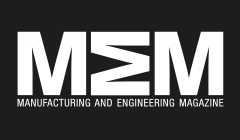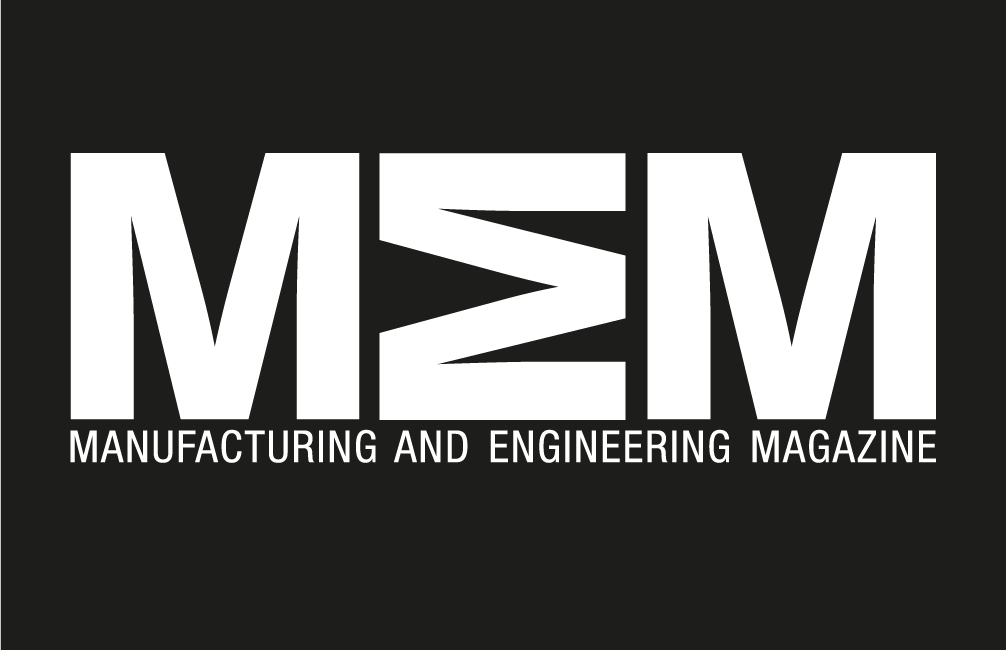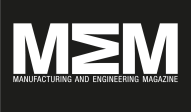Double contract success for engineering company

An independent engineering firm is celebrating winning a double major nuclear contract. Cumbria-based Forth has secured two separate contracts to carry out work on behalf of governmental nuclear decommissioning company Magnox. The team at Forth has successfully tendered to design, manufacture and provide waste retrieval solutions in Magnox wet vaults at Hinkley Point, and has also earned a separate contract to design and install active effluent pumping facilities at Magnox’s SGHWR and Dragon reactors in Winfrith. Chris Downham, Forth’s operations manager, said: “Winning these contracts is a major deal for an SME like Forth, and we are delighted to have been selected for the work after a rigorous tendering process. “Forth has proven over two decades that it can provide working solutions to industry problems across the world, and we will again showcase the capabilities of our fantastic team through this work with Magnox. “We have demonstrated our expertise in coming up with answers to industry challenges, and we are excited to put the theory into practice and prevent persistent problems occurring. “The work Magnox carries out is of global significance, and we’re thankful for the opportunity to assist with such groundbreaking projects.” Linda Sapsford, Head of Procurement at Magnox, added: “We’re delighted to be collaborating with Forth as we safely decommission our sites at Hinkley and Winfrith. “One of our goals at Magnox is to add social value by creating employment and supply chain opportunities around our sites and across the UK, so it’s great to be working with an innovative home-grown company.” The wet vault retrieval project has been split into two areas: one to concentrate on HAI waste management and the other focused on water management. The HAI management work will see the team supply a number of skips in the wet vaults with unique lifting arrangements as well as chutes to help segregate waste in the vault. Further to this, the team will produce a specially designed fuel box which can be controlled with a remotely operated vehicle or a long reach tool. Forth will also be provided lighting rigs and live camera feeds to improve the usability of all equipment. The water management element of the contract has been divided into three sub-projects: To design extra pre-filtration units to support the existing systems; To produce a water recirculation system as an additional means of pumping vault water; To design and create a turbidity abatement system to remove contaminated water from the sorting tray in a controlled and timely manner. For the active affluent pumping facilities contract, Forth will create a process where active liquor can be transferred from the SGHWR and Dragon reactors in the Winfrith plant to 1,250-litre intermediate bulk containers and taken off site to be safely disposed of. Chris said: “The work to be carried out is complex but our expert teams have come up with great concepts, and they will rise to the challenges posed through these contracts.” Forth has worked with Magnox a number of times in the past 12 months which included devising a robotic arm to sift through debris in hazardous environments and the creation of a remotely operated machine which could also remove waste from hazardous environments on a larger scale. Manufacturing & Engineering Magazine | The Home of Manufacturing Industry News
How Real-Time Visibility of the Supply Chain Can Help Mitigate Food Waste
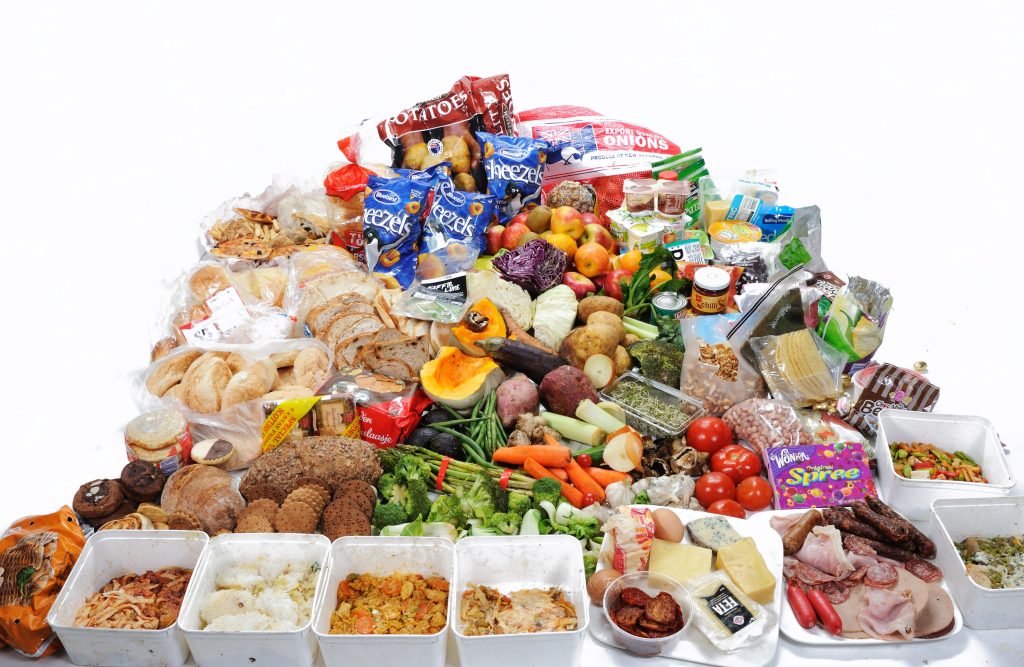
How Real-Time Visibility of the Supply Chain Can Help Mitigate Food Waste : In today’s market, consumer demands have not only driven supply chain efficiencies for greater speed and convenience but are increasingly now forcing retailers to address expectations of improved sustainability. The consequences of keeping up with customers’ wishes aren’t always easy and may have an adverse effect on short term business plans and processes, especially if your supply chain isn’t as seamless and transparent as it should be. Even the smallest of inefficiencies can add up and lead to all manner of waste during production, transport and even disposal. Over recent years, the grocery market has come under scrutiny and intense pressure to re-evaluate its approach to tackling food waste, with around 88 million tonnes worth being generated yearly across the EU, a staggering 40% of food doesn’t even make it to the market. The problem is, without real-time insight into the exact status and condition of product and inventory within the end-to-end supply chain, what options do companies have to address waste and improve customer engagement? Amir Harel, General Manager of Visibility Solutions at Zetes, explores how complete real-time, intelligence-driven visibility of the supply chain can help mitigate food waste. The Lack of Supply Chain Visibility The world is ready for change. According to REFRESH, an EU research project acting against food waste, resources being lost and wasted in Europe would be enough to feed all the hungry people in the world twice over. It’s a message that consumers around the world are taking to heart. From reusable bags to paper straws, and bottle-free toiletries to meat-free diets, people are taking real steps to reduce waste, and they expect the businesses they buy from to do the same. In the UK, for instance, grocers have encouragingly pledged to halve their food waste from ‘farm to fork’ by 2030. Whilst we commend large retailers for deploying innovative ideas such as the introduction of ‘wonky veg’ – vegetables that do not meet the aesthetic requirements of supermarkets due to shape or appearance – are now being sold in supermarkets to help combat waste, it is analysing the production of waste on a more granular level that will achieve a positive environmental impact at a far greater scale and have more effect. Yet, recent research from Sapio, on behalf of Zetes, reveals that the current levels of supply chain visibility are far from perfect, with a staggering 94% of organisations surveyed saying they lack transparency throughout their supply chain. Unlock Capability To implement an appropriate resolution, it is imperative that the cause of waste is understood. There are so many contributors – from the excess inventory that arises from poor and/or delayed forecasting and orders, to time lost during the distribution process coupled with inefficient transportation models can be devastating for any short shelf-life products. Just 30% of organisations have full visibility of goods in transit. As a result, addressing the food waste that occurs at every stage of the supply chain is a complex task. Research highlights that 79% believe that improved visibility would have a material effect on cutting wastage. As a taste of the potential savings, it’s estimated that supply chains could reduce food waste alone by €240bn. For example, reducing empty miles, improving first time in full delivery, minimising unnecessary stock movement between stores, avoiding forecasting or ordering disputes and achieving far more intelligent routing, are all critical components for an efficient supply chain that minimises waste. Real-time efficiency Having complete visibility and traceability of products is also key to a resilient supply chain, which is especially important when recalls and faults in production can cause crisis situations and disruptions. When retailers are able to share data throughout their supplier ecosystem in real time, they can create the foundations for better collaboration based on stronger connections and highly effective dynamic forecasting. It is also essential that companies understand how technology can be deployed and utilised to address each challenge – whether that is waste reduction through improved transportation or more accurate and dynamic levels of stock availability. So, where to start? Environmental consciousness in the digital age will continue to have a huge impact on retailers. The vision to transform ‘farm to fork’ and remove food waste from the supply chain is big. To succeed, retailers need to start small, identifying priority areas first, where quick and impactful wins can be realised. As they start to see results, they will be able to scale fast and ultimately achieve full end-to-end intelligence-driven visibility. Manufacturing & Engineering Magazine | The Home of Manufacturing Industry News
Food waste – Where Does It Happen?
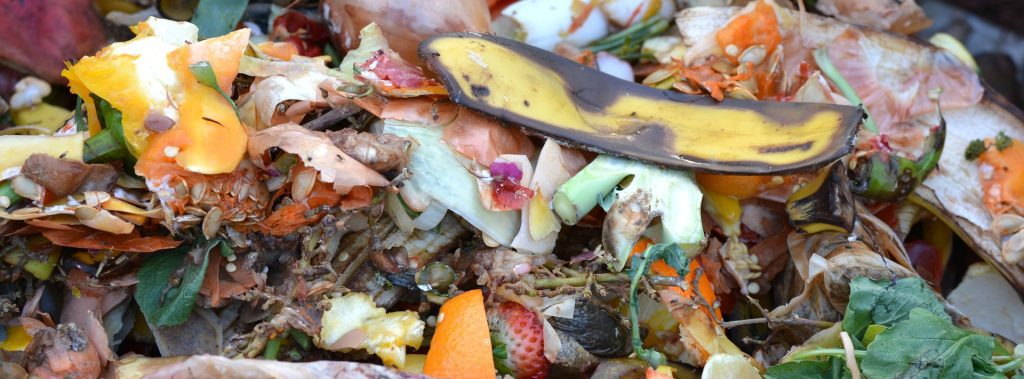
In US households, around 150,000 tons of food is thrown away every day, working out at roughly one pound per person. And it doesn’t stop there. With some 88 million tons of food wasted in the European Union (EU) each year, and approximately a third of produce in Asia resigned to landfills, the food waste problem is an epidemic. Yet the bulk of food thrown away doesn’t even reach consumers. Here, Darcy Simonis, Food and Beverage industry network lead at ABB outlines the areas of manufacturing that are prone to food waste, and how they can be optimized to help tackle the issue. According to the Food and Agriculture Association (FAO), in order to feed the growing population, food production will need to have increased by 60 per cent from 2005 to 2050. Yet, if the amount of food wasted around the world was reduced by just 25 percent, there would be enough to feed all those currently suffering from malnourishment. Food manufacturers play a major role in reversing food waste, not only by influencing supplier and end consumer behaviors, but with direct and tangible action in their own operations. Keeping cool while cutting waste After fruits and vegetables, meat and dairy are the most wasted edible products. Keeping food cold is important to ensure its safety and quality, as well as to extend its shelf life. Failure to provide the necessary temperature conditions for a food item has a direct influence on the product, which can be hazardous to consumers. For example, inadequate chilling of cooked meat or failure to maintain the cold chain can lead to microbiological growth, making the product no longer safe for consumption. The global population is set to grow by 30 per cent by 2050, and it is thought that 68 per cent of people will be living in urban areas. In other words, many of us will be moving away from our food sources, which presents additional logistics and storage challenges when trying to maintain an unbroken cold chain. Additionally, more food is wasted as a result of inefficient refrigeration in developing countries than in developed ones. As the journey of food from the factory to our forks changes, it is vital that manufacturers adapt and ensure effective refrigeration throughout a product’s lifecycle, while acting to provide an effective cold chain in all parts of the world. Make the right predications From sudden snow blizzards and blazing heatwaves, to social media campaigns encouraging plant-based lifestyles and national holidays, a plethora of factors influence consumer purchases. Manufacturers need to be aware of such impacts, as they effect forecasting and inventory. Stocking turkeys at Christmas and Thanksgiving is obviously a smart move. However, if margins are miscalculated and too much of a perishable ingredient is ordered, manufacturers are left with substantial amounts of unused product. With better and more accurate forecasting models, food manufacturers can spend less time guessing and more time maximizing the potential of the ingredients they already have. Picking to perfection Despite recent supermarket campaigns that promote misshapen and imperfect vegetables, if products don’t match up with aesthetic ideals or are damaged during picking and palletizing, they are often thrown away. In the past, delicate products such as fruits and pastries have been difficult for robots to handle without causing damage. Today, advances in automation have mean that robots, such as ABB’s FlexPicker, are able to handle goods with the same degree of care as human hands, but with greater efficiency and the ability to manage several picking and packaging tasks simultaneously. Shifting dynamics In addition, the average household no longer fits the typical two adults, two children mold. In fact, the UK office of national statistics (ONS) found that 28 per cent of UK households have only one inhabitant, while the number of single person households in the US has been increasing since the 1920s. This shift in dynamics places a higher demand for single-portion servings. To reduce unnecessary waste, packaging needs to reflect the change in demand. The introduction of snap-pack packaging means only a certain amount of a food product needs to be opened at once, while the rest can maintain freshness for longer by remaining sealed. With an ever-increasing number of mouths to feed and growing pressure to improve sustainability, there really is no time, or food, to waste. As consumers, we all need to act to reduce the amount of food we buy and fail to use. However, there is also a greater responsibility for manufacturers to review and optimize their processes in order to help make the most out of our resources.
What Can Food Manufacturers Do to Help Reduce Food Waste?
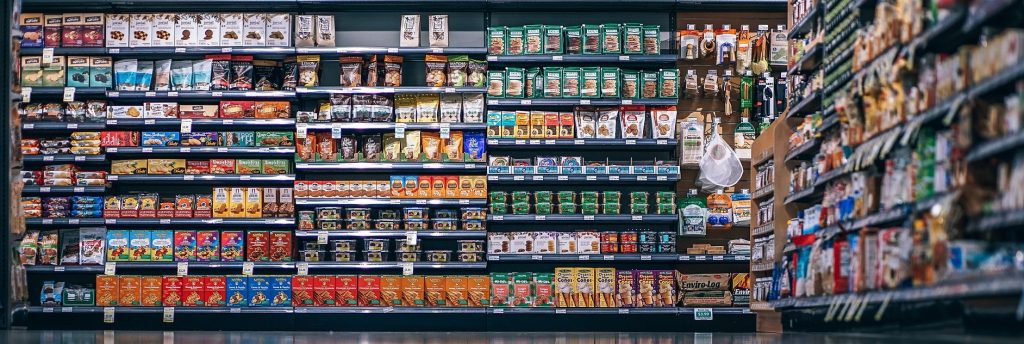
The UK contributes to seven million tonnes of safe to eat food waste, with the average household in the UK spending £700 a year on wasted food. The leading cause of this is confusion to what date labels on products actually mean. Each supermarket and brand of product uses different labelling and language to indicate the dates, which causes confusion amongst consumers who mistake “best before” as a warning that food is no longer safe to eat past that recommended date, which is not the case. These enormous figures demonstrate the need for change. Here, Darcy Simonis, Vice President for ABB’s Food and Beverage division discusses how food manufacturers can help reduce consumer food waste due to label confusion. Mislead by labels Each year, supermarkets waste almost $300 million worth of food while the hospitality sector wastes an astronomical three billion pounds worth. Common reasons for this waste include damaged produce, it doesn’t meet supplier standards or even that demand is low. The main reason for disposal of safe to eat food is due to misleading date labels, with $16 billion convert to US dollars’ worth food wasted because of this. The most recognised food date labels are “best before” and “use-by”. A best before label indicates that if a product is eaten after the recommended “best before” date, the quality will not be at its best, but it is still safe to eat. However, it’s commonly misinterpreted that the food is no longer safe to eat. A “use by” date on a product is a safety risk and meat, fish and dairy products should all be eaten on or before the specified date. However, labels like “expiry”, “sell by” and “display until” add confusion, despite not affecting the consumer, only the outlet selling the product for stock control purposes. Traceability to tackle waste With millions of pounds worth of perfectly edible food filling landfills, a solution needs to be found. Perhaps one of the simplest is to standardise food date labels across all supermarkets and retail stores. The Consumer Goods Forum (CGF) has approved a Call to Action in an appeal to standardise food date labels worldwide by 2020, with the aim to half food waste by 2030. In the meantime, a way that food manufacturers can help to reduce the cause of food waste, could be to implement traceability software. Traceability allows manufacturers to track and record data of food produced through all stages of production, processing and distribution to the consumer, which could influence how much safe to eat food is wasted. In recent years, the concept of ‘farm to fork’ has become increasingly popular, with more people interested in where their food comes from. If consumers could trace how long ago and where their meat was slaughtered, packaged and distributed, or if they could see what date their milk was produced and which farm it came from, they may reconsider throwing away food that is safe to eat, reducing waste. ABB offer traceability software such as Manufacturing Operations Management suite (MOM), which creates a digital trace of a product by integrating all features into a database. For example, farmers could log all information of their livestock into a central system, including identification number, the age of the animal, what date it was slaughtered or milked, the date of packaging and where it has been distributed. A QR (quick response) code or barcode storing the information could be printed out and applied to the packaging. Once the product is on supermarket shelves, consumers can scan the code to view the product data. With the US contributing to 150,000 tons of food waste every day, it’s vital that food manufacturers support the reduction of food waste and should be compliant with the ISO 22005:2007 traceability standard as a minimum. Standardised date labels and traceability will educate the consumer with more knowledge regarding a products journey and process, meaning that consumers have more information at hand in order to make an informed decision when it comes to wasting food.
AeroThermal’s First Thermal Hydrolysis Unit Operational
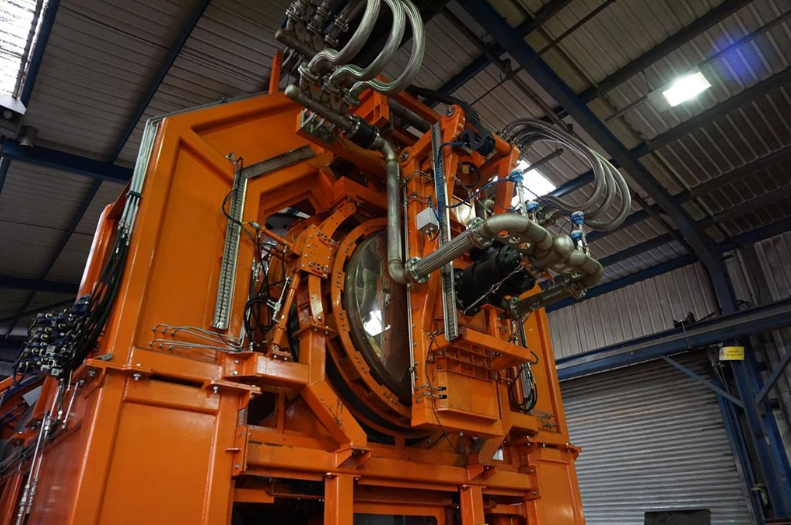
AeroThermal Ltd has announced that its first Thermo-Pressure Hydrolysis (TPH) vessel was onstream processing bio-waste for the first time for a renewables company in the UK. The 65m3 Thermo-Pressure Hydrolysis is a key component at a new bio-waste anaerobic digestion site in the UK. The technology pre-treats food waste and other bio-waste organics prior to going to mesophilic anaerobic digestion. Christian Toll, AeroThermal’s CEO, said: “This is a huge milestone in the handling of household and business organic waste in the most effective environmentally-friendly process imaginable. “We have helped our customer to process thousands of tons of waste and at the same time recovering feedstock for anaerobic digesters for energy production.” The TPH operates in cycles of 2.0 – 2.5 hours, each processing over 20 tonnes of bio-waste. The bio-waste, inclusive of packaging, is subject to a simple maceration process prior to transfer to the vessel. From there it is sterilised under vacuum, followed by high temperature saturated steam while the drum rotates depending on the process requirements. The cellulosic material is hydrolysed and after the process is complete, the product exits the vessel as a pumpable liquid. This is then separated into the predominant organic fraction which goes into anaerobic digesters, producing high yields of biogas, which is upgraded and injected into the national gas grid. AeroThermal has demonstrated that using the TPH process before anaerobic digestion to pre-treat food and packaging waste, significantly increases the range of organic materials that can be digested while increasing methane generation and substantially reducing the amount of material requiring disposal. Mr Toll said: “We are proud to have developed this system and we are looking forward to our TPH generating significant quantities of green energy from bio-waste.” The TPH was installed in partnership with Jones Celtic Bioenergy (JCBE). Dr Andrew Walsh, the Technical Director of JCBE, said that JCBE is very pleased to now have the unique TPH technology demonstrated in a full scale application where the future opportunities for the technology could truly change the face of the industry given the range of organic materials that can be processed that would otherwise be unavailable to digestion. A second larger facility is also currently under construction in Ireland.
Plastic to Oil Recycling Trial Launched by Tesco
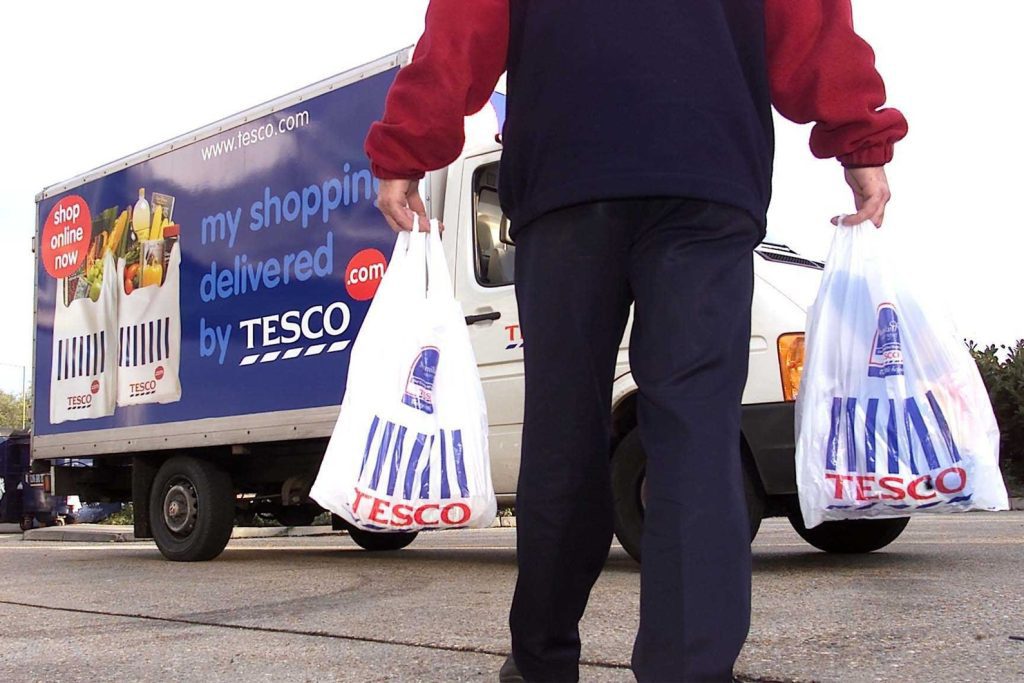
As part of a trial with Recycling Technologies, Tesco will be collecting previously unrecyclable plastics in 10 of its stores in the Bristol and Swindon areas. “Our trial with Recycling Technologies will make even more of our packaging recyclable and help us reach our target. This technology could be the final piece of the jigsaw for the UK plastic recycling industry,” commented Tesco’s director of quality, Sarah Bradbury. Customers will be able to return items such as pet food pouches, shopping bags and crisp packets that are not normally collected by councils. These will then be converted using Recycling Technologies Plaxx process into an oil that can be used to make new plastic. “Using our specialist feedstock recycling process, we keep more plastic waste in the economy and out of landfill and our oceans. This initiative with Tesco is designed to show there are solutions to recover this important material. Our goal is to double the UK’s capacity to recycle plastic waste by 2027,” said Recycling Technologies chief executive Adrian Griffiths. 83% of Tesco’s own label packaging is recyclable and this could reach 90% if the Recycling technologies trial is extended to all its stores, the equivalent of 65,000 tonnes of plastic a year. Tesco is working towards all its packaging being fully recyclable by 2025.
Are Customers Reaching an Ethical Tipping Point?

The UK is a nation addicted to fashion, buying five times more clothes today than in the 1980s. But 400,000 tonnes of clothes end up in landfill every year – and there is growing awareness that the way these clothes are produced and discarded is having a massive impact on the environment, from water consumption during production to marine contamination from microfibres. As younger, more mindful customers increasingly dominate the fashion customer base, are we at an ethical tipping point, asks Craig Summers, UK Managing Director, Manhattan Associates. Fast versus Mindful As Generation Z swiftly moves into buyer territory, we are being led to believe that the more sustainable, eco-friendly, conscious customers are being rapidly born. Retailers up and down the country are being questioned about their sustainable fabrics, packaging and business ethics by customers who are starting to care more about sustainable buys than investing in fast fashion. Or are they? The UK buys significantly more clothes that any other European nation – an estimated 26.7 kg per person, a huge volume more than second placed Germans at 16.7kg a year. Are Generation Z really ready to make a change? There is evidence that a growing awareness of the environmental damage caused by the clothes production is hitting the mainstream. Certainly, the recent documentary by Stacey Dooley – Fashion’s Dirty Little Secret – shocked many individuals. From the volume of water used during cotton production to the toxic waste associated with the dyeing process, the environmental damage created by the developed world’s addiction to fast fashion hit hard. It was no Blue Planet moment, when the UK’s collective realisation of the huge damage being wrecked globally by our plastic consumption created an unstoppable groundswell in public opinion that has driven retailers to completely rethink food packaging, but it was definitely a start. And hard on the heels of the documentary came a Parliamentary Review into the environmental impact of the fashion industry, during which a raft of highly disturbing facts emerged – not least that the global fashion industry produced 1.2 billion tonnes of CO2 equivalent in 2015, more emissions than international flights and shipping combined and the growing evidence that marine habitats are being contaminated by synthetic fibres released when clothes are washed. In addition, the Environment Audit Committee (EAC) actually named and shamed certain fashion retailers for selling £5 dresses that were of such poor quality they are not wanted by charity shops and must be incinerated or added to landfill. Aware and Vocal The result has been a spotlight on the fashion industry with the EAC writing to leading fashion retailers demanding information regarding key ethical policies, from garment worker wages and avoidance of child labour, to the use of recycled material, disposal of unused stock and steps to reduce the risk of microplastics contaminating the ocean. And it is these issues that are likely to increasingly inform the buying habits of Generation Z. This is the generation that has contributed to the huge growth in veganism in recent years – and an attendant level of expectation on food providers. An estimated 3.5 million Britons now identify as vegan, a significant increase from 500,000 in 2016, and these consumers are increasingly vocal about their expectations, according to Feed it Back which has noted a growth in negative reviews about the quality of vegan food. From being a fringe consumer group, food retailers and restaurants now have a highly educated and vocal vegan audience to address. Generation Z may not all be mindful consumers – although they are often more mindful and aware than their parents – but they are extremely discerning. They have been brought up as buyers with more choice and a belief in sharing experiences via social media. And in a cultural environment now expecting retailers to eradicate single-use plastic and deliver high-quality vegan food, it is likely that ethical clothing expectations will rise – and similar levels of transparency will be demanded when it comes to fashion, from manufacturing processes through fabric to transport and disposal.
Cloud-Based Software Enhances Egbert Taylor’s Operation

Cloud-Based Software Enhances Egbert Taylor’s Operation : Egbert Taylor Group has introduced Infor’s CloudSuite Industrial to oversee the management of its 1.5m combinations of bin products which include varying sizes and types of container, customer logos, colours and lids. The worldâs number one designer and manufacturer of four-wheeled, galvanised steel waste containers which has also developed an industry-leading product line for aesthetically-pleasing street furniture for recycling and waste, is seeking ways it can streamline its operation including improving its customer service levels, procurement activities and communication with sales teams in the field. Andrew Davies, Egbert Taylor Group’s finance director, believes the introduction of CloudSuite Industrial will provide an effective way to create greater visibility for the business and its operational processes. He noted that as the company’s legacy systems drew to an end, its objectives included developing its working capital management through streamlining production processes while the integration of such processes will provide a more efficient, single port of call cloud-based solution. Phil Lewis of Infor said its software was ideal for a company that builds and configures to order like Egbert Taylor allowing such businesses to improve their services and better align their operational processes. Indeed, the company supplies 90% of all UK local authorities with their waste and recycling containment needs and works with private sector contractors on a global basis. Lewis said that by placing the technology by which the company’s foundations are built upon into the cloud, the user can enjoy incremental benefits that encourage expansion with growth unhindered by inefficient back office processes. Manufacturing & Engineering Magazine | The Home of Manufacturing Industry News
